The Quatrefoil is the Fanciest Shape
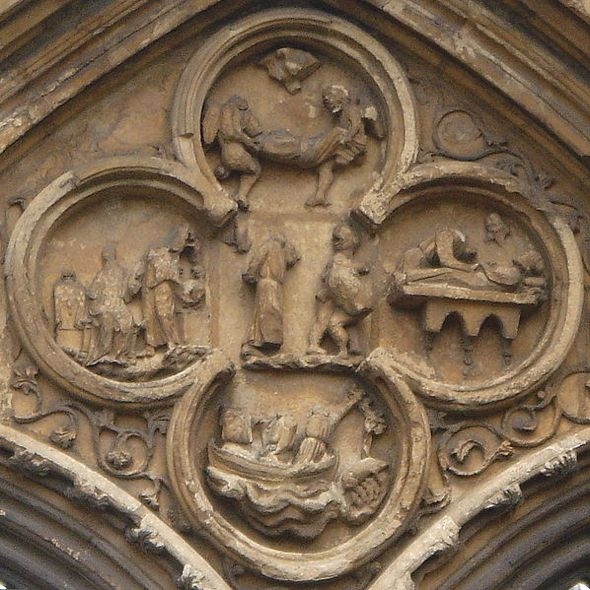
Courtesy of Thorvaldsson via Wikimedia Commons
Roman Mars’ terrific design podcast 99% Invisible covers design questions large and small, from his fascination with rebar to the history of slot machines to the great Los Angeles Red Car conspiracy. Here at the Eye, we cross-post new episodes and host excerpts from the 99% Invisible blog, which offers complementary visuals for each episode.
This week's edition—in which 99% Invisible producer Avery Trufelman spoke with art historian Christy Anderson and interior designer Brooke Taylor about the fancy shape known as the quatrefoil—can be played below. Or keep reading to learn more.
quatrefoil (ˈkætrəˌfɔɪl)
—noun
1. a leaf composed of four leaflets 2. a carved ornament having four foils arranged about a common center, esp. one used in tracery
This is a quatrefoil:
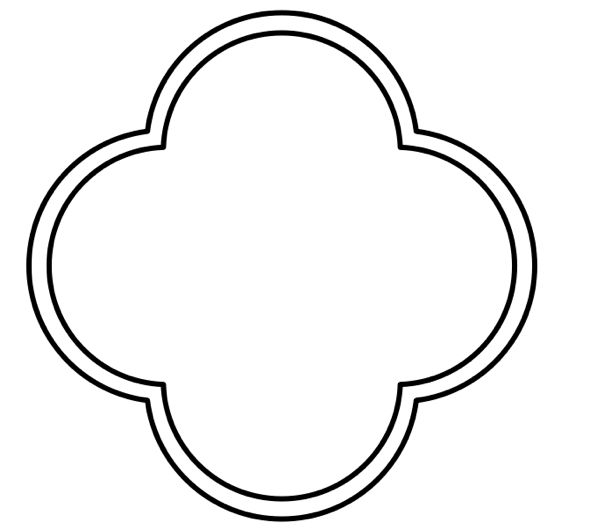
Wikimedia Commons
Sometimes its lobes overlap a little less …
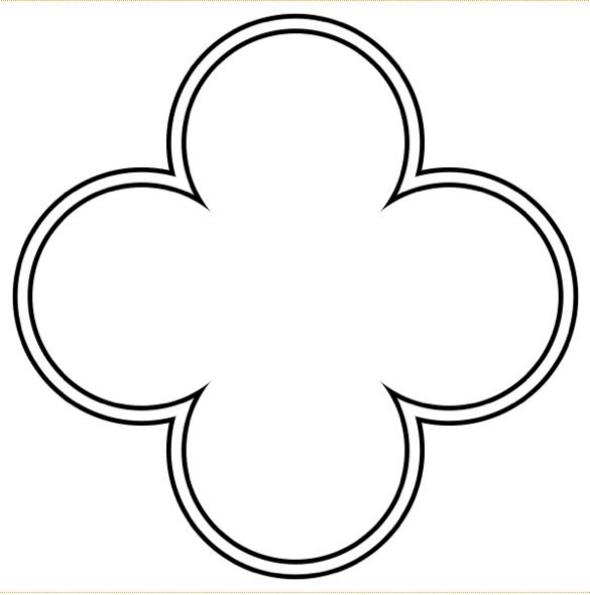
Wikimedia Commons
Sometimes it has barbs …
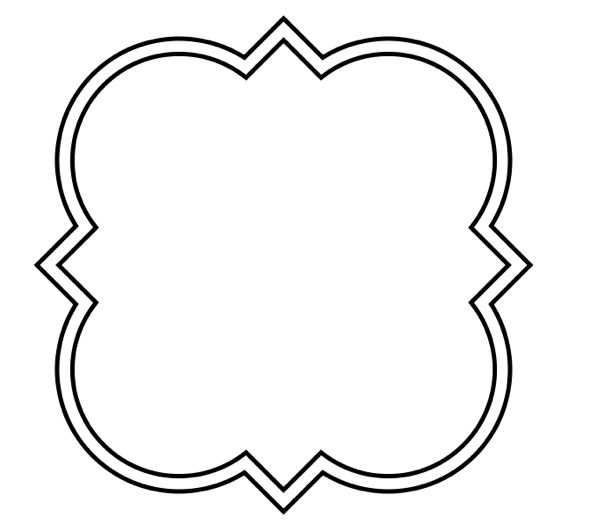
Wikimedia Commons
And it’s everywhere.
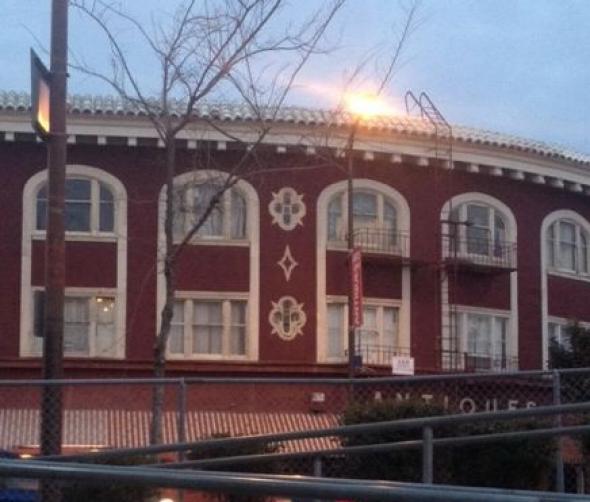
Photo by Avery Trufelman
The quatrefoil is embroidered on bedding, plastered on wallpaper, and used as an ornamental detail …
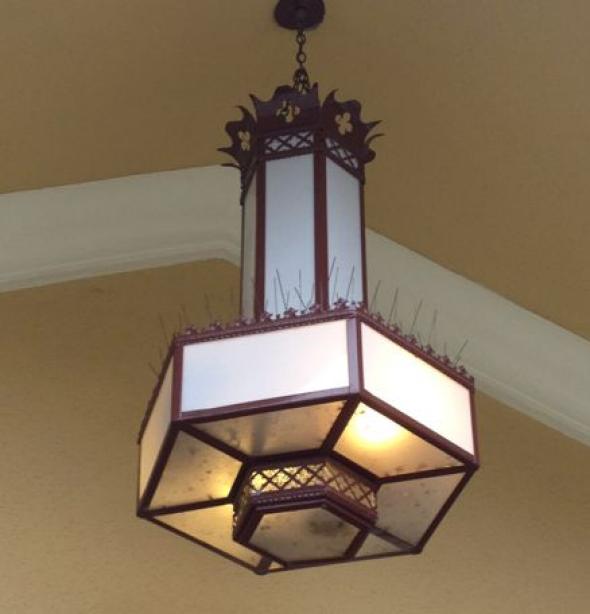
Photo by Avery Trufelman
It’s even patterned on public garbage cans.
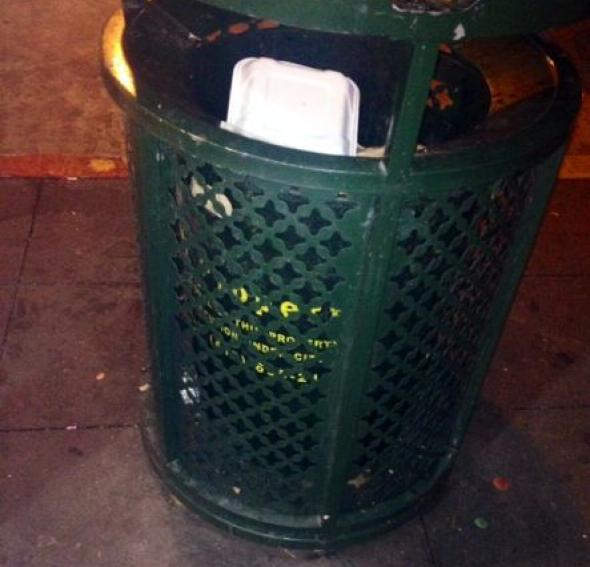
Photo by Avery Trufelman
It is found in Gothic and Gothic-style churches, such as the National Cathedral in Washington, D.C. …

Courtesy of Carol M. Highsmith via Wikimedia Commons
… and also in more modern churches.
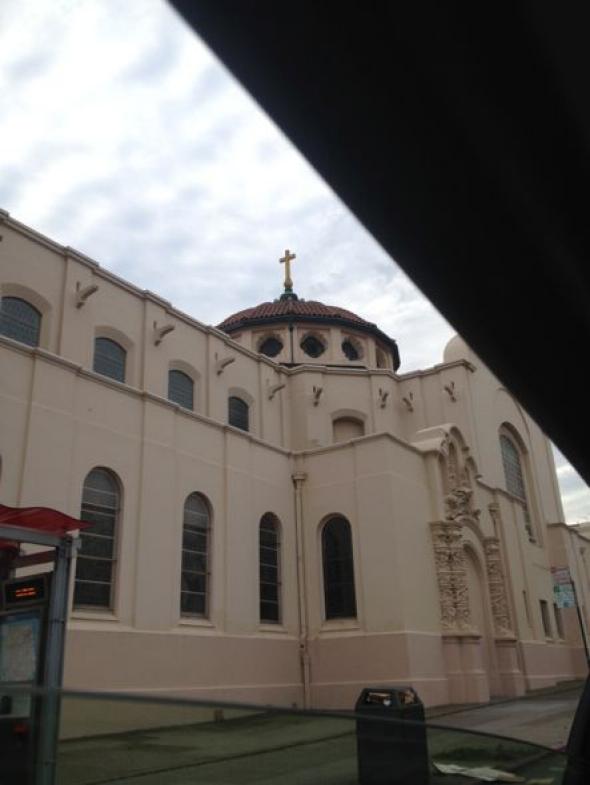
Photo by Avery Trufelman
It’s in domestic architecture as well, in mansions in Rhode Island, on the Mission-style roofs in California, and decorating Victorian homes from coast to coast.
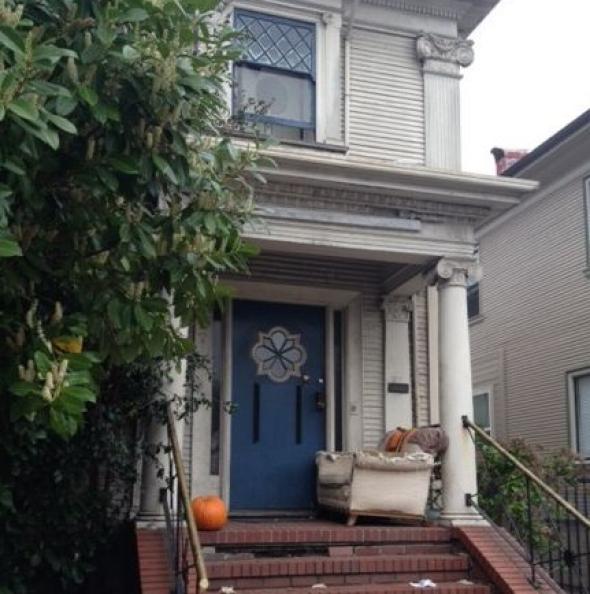
Photo by Avery Trufelman
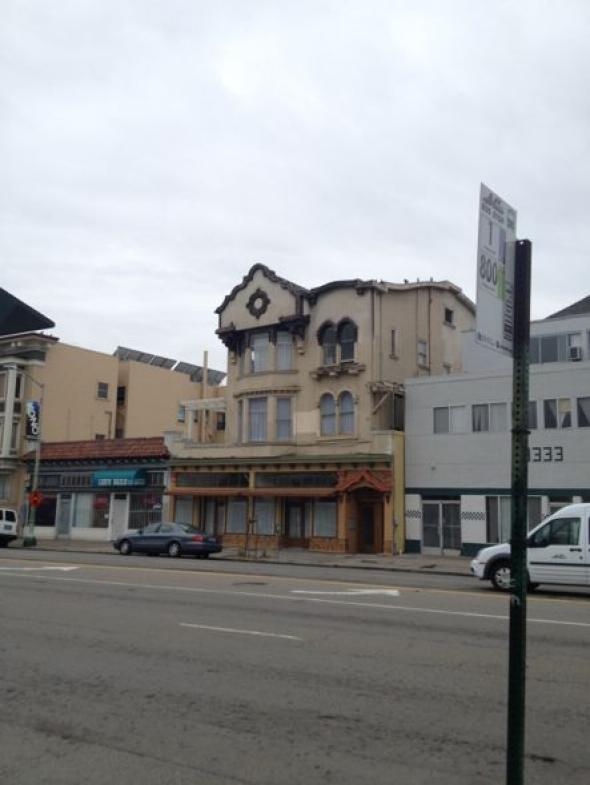
Photo by Avery Trufelman
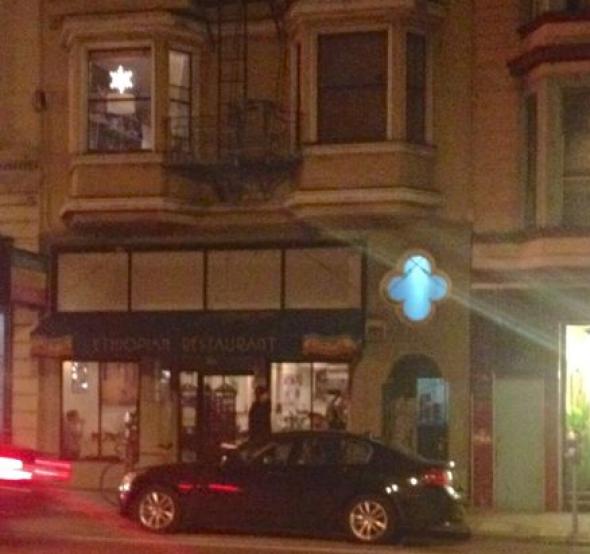
Photo by Avery Trufelman
The quatrefoil has been re-interpreted and recontextualized in a phenomenon to which architectural and art historians refer as “iconographical drift.” The associations with the shape are constantly shifting depending on where it’s used, who is using it, and what purpose it is used for.
Yet no matter where it’s used, it implies the same thing: fanciness.
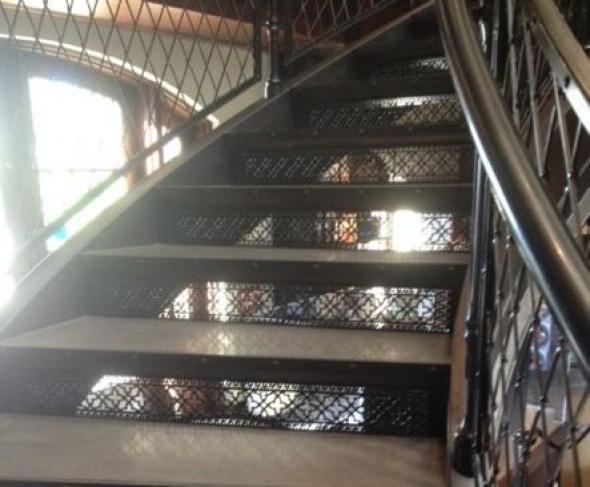
Photo by Avery Trufelman
Very little is definitively known about how the quatrefoil came to signify fancy. Hardly anyone has written about it specifically—though it’s probable that it has roots in Islamic architecture.
The quatrefoil and similar arabesque shapes appear in Moorish and Islamic structures in Spain, Turkey, and all across the Middle East, dating back before the Renaissance.
The quatrefoil presumably made its way to Europe by way of the Silk Road. It was carved and printed on small and easily-transportable objects such as carpets, velvets, and silks brought into Europe as luxury objects.
Quatrefoil motifs—especially in three-dimensional objects—require a high degree of mathematical skill and craftsmanship to successfully execute. And so as the quatrefoil made its way to Europe, it was incorporated into buildings that are known for the grandeur: cathedrals. Quatrefoils were often used in tracery, the stone frames around stained glass.
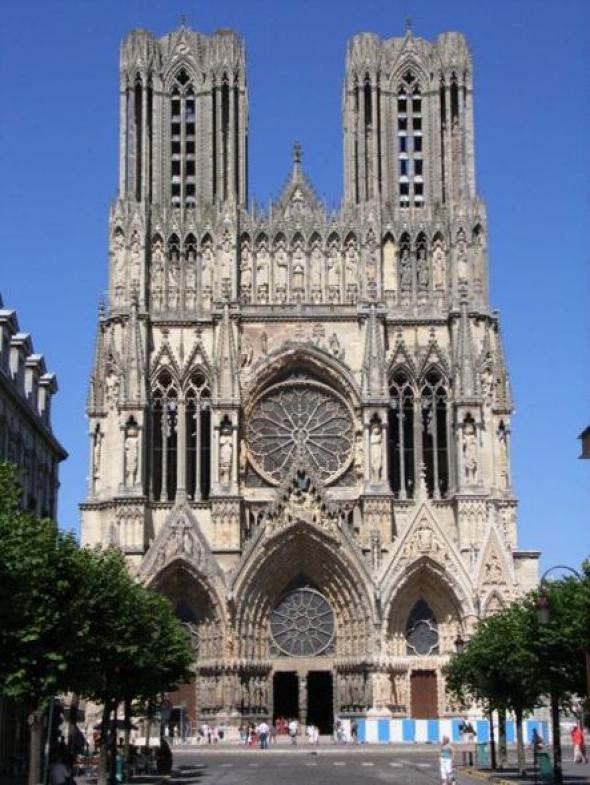
Courtesy of bodoklecksel via Wikimedia Commons
By virtue of appearing in Christian houses of worship, the quatrefoil came to take on a Christian meaning: the four lobes could signify the four evangelists, or it could be seen as a stylized crucifix. But this symbolism likely arose only after the symbol was already in place.
Quatrefoils also began to appear in opulent secular structures, such as the Doge’s Palace in Venice.
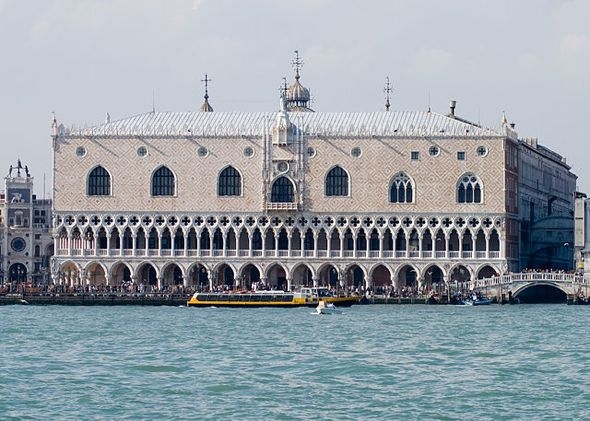
Courtesy of Andrew Balet via Wikimedia Commons
Yet when we see quatrefoils in modern architecture or wallpaper or handbags, it’s not so much a reference to Gothic architecture, or their Islamic precursors, but rather the Gothic Revival from the 19th century.
The industrial revolution was in full swing. People were seeking style inspiration from the pre-industrial era as a way of harkening back to “simpler times.”
At the time, designers were looking for inspiration in the past and around the globe. They traveled, seeking out patterns, motifs, and shapes that they found inspiring. They published their findings in pattern books. One of the most famous of such pattern books was The Grammar of Ornament by an architect named Owen Jones.
The Grammar of Ornament is pages and pages of pure pattern, adapted from buildings all over the world. It became a kind of encyclopedia of design for architects, masons, and craftsmen.
These books—The Grammar of Ornament, in particular—disconnected design from function. Tilework, fabric, and architectural ornamentation were all flattened and put side by side on the printed page.
And many of those forms that Owen Jones documented were quatrefoils.
Jones’ pattern book is still in print, and designers still use these pattern books for inspiration. Whether they know it or not.
Today, part of the quatrefoil’s fancy symbolism comes from the modern luxury brands that have associated with it—many of which are clamoring to own it.
Louis Vuitton had a lawsuit over use of the quatrefoil. Luxury jeweler David Yurman trademarked the word quatrefoil. Another company, Van Cleef and Arpels, is fiercely litigious over its copyright claim to the shape. All of these brands are testament to the appeal of the form of the quatrefoil, which seems to be more widespread than that of its sibling, the trefoil, which has three connected circles, not four.
Speaking of trefoils, the Girl Scouts shortbread cookies are known as Trefoils, even though they’re actually quatrefoils. Four lobes. Count ‘em.

Photo by Avery Trufelman
To learn more and to see additional photos of the quatrefoil, check out the 99% Invisible post or listen to the show.
